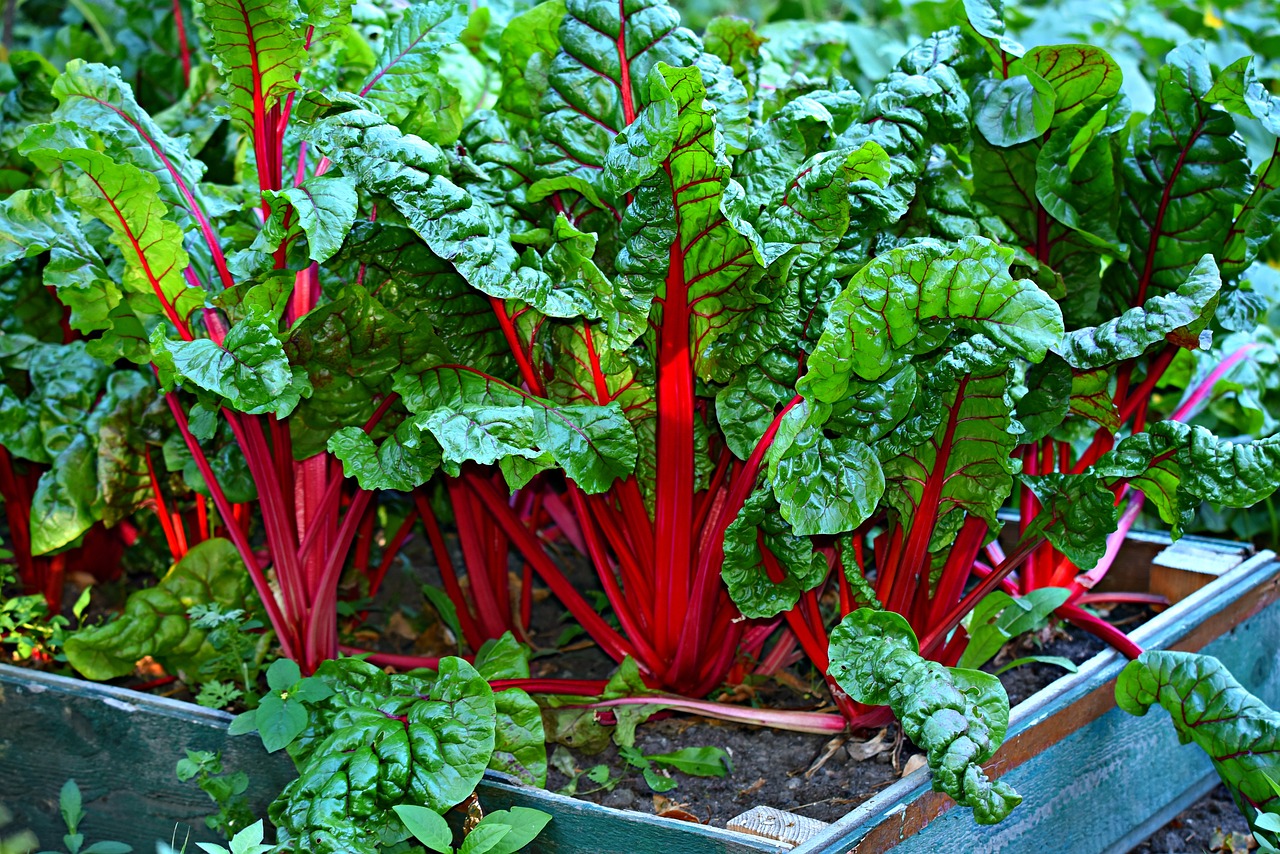How to Create a Sustainable Vegetable Garden That Thrives in a Small Backyard?

Have you ever fancied the idea of walking out to your backyard to pick fresh vegetables for your dinner? While it may sound like a dream for those with ample outdoor space, it’s a reality that can be achieved even within a small backyard. By employing nifty gardening strategies and choosing the right crops, you can transform your modest space into a thriving vegetable garden.
Harnessing the Power of Raised Beds and Container Gardening
A small backyard is no match for the power of raised beds and container gardening. These two gardening methods enable you to take full advantage of your limited space while offering benefits such as better soil control, easier pest management, and a more aesthetically pleasing garden layout.
Avez-vous vu cela : What’s the Best Way to Set Up a Home Cinema That Offers an Immersive Viewing Experience Without a Large Budget?
Raised beds are freestanding garden beds elevated above the ground level. They can be built from various materials such as wood, stone, or metal, and their height can be adjusted to your preference. The main advantage of raised beds is their ability to provide excellent drainage and aeration for plants’ roots while also making it easier for you to tend to your crops without straining your back.
On the other hand, container gardening is a method where plants are grown in containers instead of directly in the ground. This method is ideal for people with limited ground space or for those who wish to grow plants on patios, decks, or balconies. Containers can be anything from traditional pots and planters to more unconventional items like buckets, barrels, or even old boots!
Sujet a lire : What Are the Most Effective Ways to Create a Child-Safe Home Without Compromising Style?
Selecting the Perfect Plants for Your Garden
Not all vegetables are created equal when it comes to small-space gardening. Some plants will thrive better in confined spaces, making them the perfect candidates for your garden.
Leafy greens such as lettuce, spinach, and swiss chard are excellent choices for small gardens. They don’t require much space to grow, and their quick harvesting time means you can enjoy multiple crops throughout the year. Other vegetables that grow well in small spaces include radishes, carrots, and beets, thanks to their compact root systems.
Vertical-growing plants, such as tomatoes, cucumbers, and pole beans, are also great for maximizing your space. By growing up trellises or cages, these plants can make use of the vertical space in your garden, providing you with a bounty of fresh produce without taking up too much ground area.
Ensuring the Health of Your Soil
The success of your garden is rooted in the quality of your soil. Healthy soil is the foundation for strong, productive plants. Regardless of whether you’re using raised beds or containers, you need to ensure your plants have the nourishment they need to grow.
Start by testing your soil. This will give you an idea of its pH level and nutrient content, allowing you to make necessary amendments. Soil testing kits are widely available in garden centers and online.
Next, consider the type of soil you’re using. For container gardening, a well-draining potting mix is essential to prevent water-logged roots. For raised beds, a blend of topsoil, compost, and other organic matter will provide a rich and fertile environment for your plants.
Smart Gardening Techniques for Small Spaces
When space is limited, it pays to employ smart gardening techniques. These often involve making the most of what you have and thinking creatively about how to maximize your yield.
One such technique is succession planting. This involves planting one crop and then following it with another. As soon as you harvest your spinach, for example, you can plant a round of radishes in the same spot. This ensures a continuous supply of vegetables throughout the growing season.
Companion planting is another method that can increase productivity in a small garden. It involves planting different crops close together for mutual benefit. For example, planting basil next to tomatoes can help deter pests and enhance the flavor of the tomatoes.
By using these methods, you can create a sustainable vegetable garden that thrives in a small backyard. So, why wait? Roll up your sleeves and start planting – a bountiful harvest awaits you!
Innovative Small Garden Ideas for Sustainability
In the world of small-scale gardening, innovative ideas can make a significant difference to your vegetable garden. By incorporating elements such as raised beds, vertical gardening, and a smart selection of plants, you can create an eco-friendly, sustainable garden that is both productive and beautiful.
Raised garden beds are a revelation when it comes to small gardens. Not only do they provide perfect conditions for your vegetables to thrive, but they also add a structured, organized look to your small backyard. You can arrange these raised beds in any formation that suits your space, creating a unique, personalized garden layout. Additionally, raised beds are easier to maintain, reducing the physical strain that comes with traditional ground-level gardening.
Vertical gardening is another ingenious method to maximize your small space. Turning your garden skywards, this technique involves growing plants that climb, such as tomatoes, cucumbers, and beans. Not only does it save ground space, but it also adds an interesting visual element to your garden. Be creative with your vertical gardening – use trellises, cages, or even old ladders to give your plants the support they need to grow upwards.
When it comes to choosing the right plants for your small vegetable garden, opt for varieties that are suitable for confined spaces. Leafy greens like lettuce, spinach, and swiss chard are excellent choices, as they don’t require much room to grow. Similarly, root vegetables such as radishes, carrots, and beets are perfect for small gardens due to their compact root systems.
Implementing Succession Planting and Companion Planting
In order to get the most out of your small backyard vegetable garden, consider implementing gardening strategies like succession planting and companion planting. These methods not only maximize your yield but also contribute to the overall health and sustainability of your garden.
Succession planting is a technique where one crop is followed by another in the same garden bed. For example, once you’ve harvested your spring spinach, you can immediately plant a summer crop like radishes in the same spot. This makes the most of your limited space and ensures a continuous supply of fresh vegetables throughout the growing season.
Companion planting, on the other hand, involves growing different plants close together for mutual benefit. For instance, planting basil next to your tomatoes can help deter pests and even enhance the flavor of your tomatoes. Other effective companion plant pairs include carrots with leeks, and cucumbers with radishes. By understanding which plants complement each other, you can create a harmonious, productive garden.
Conclusion
Creating a thriving and sustainable vegetable garden in a small backyard may seem like a daunting task, but with the right strategies and a little creativity, it’s certainly achievable. Raised beds and container gardening can help you make the most of your space, while the right selection of plants can ensure a productive yield. With the implementation of smart gardening techniques like succession planting and companion planting, your small garden can become a bountiful, eco-friendly haven. So, get started on your small vegetable garden and enjoy the satisfaction of harvesting your own fresh vegetables right from your backyard. Remember, every big journey begins with a small step, and in this case, your journey begins with a single seed.
